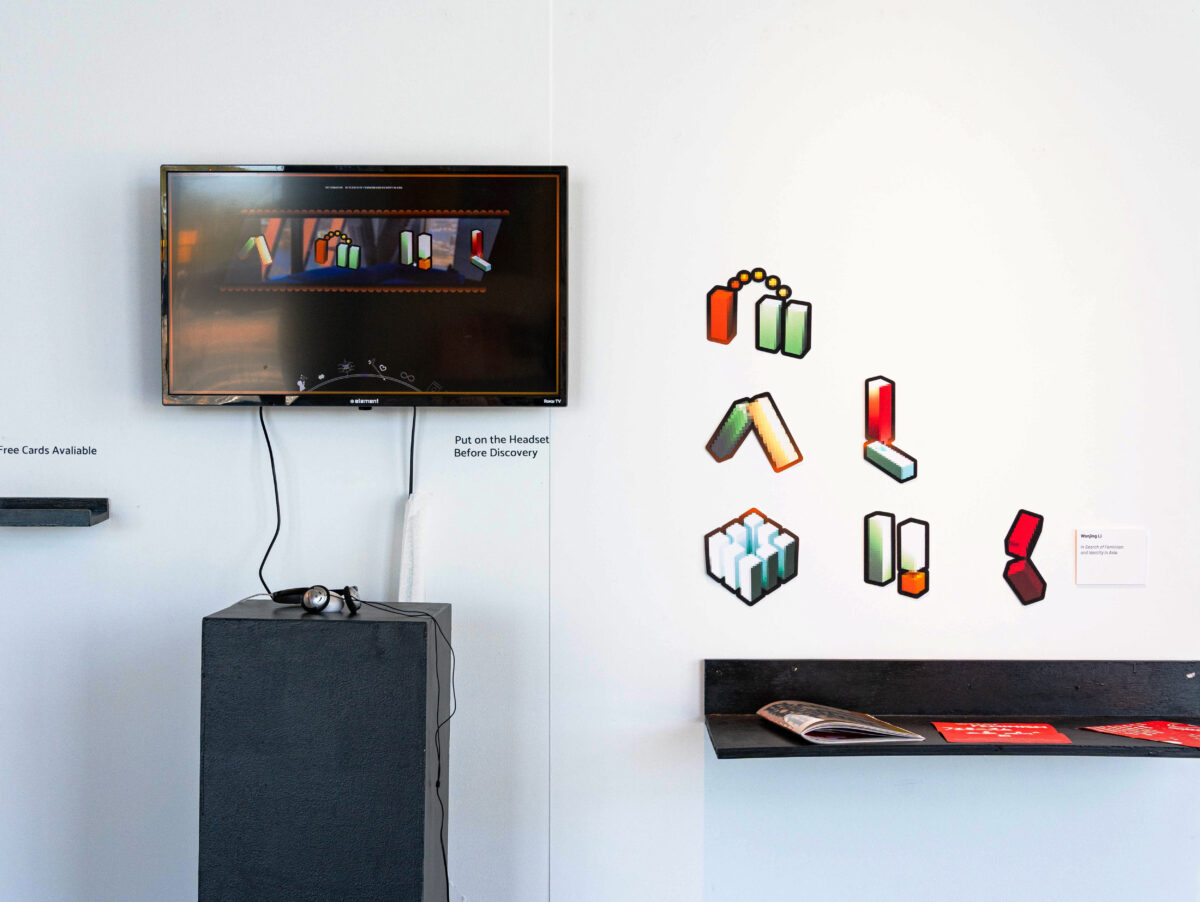Wanjing Li
Designer and Artist
Boston University
In Search of Feminism and Identity in Asia is a project that explores the nuances and evolution of modern feminism within Asian cultures, with a particular focus on the perspectives of Asian Gen-Z women. Over the past decade, the visibility of feminism in Asian public discourse has increased, coinciding with the period when Gen-Z Asian women are developing their identities and transitioning into adulthood. This intersection has empowered them to contribute significantly to the ongoing dialogue on feminism.
The project culminates in a website designed as a non-judgmental space dedicated to exploring the complexities of feminism within Asian Gen-Z cultures. The website features conversations with women from across Asia, delving into themes of independence, culture, and identity. Each section of the site offers discussions that provide insights into how these women understand, perceive, and respond to feminism and gender inequality.
This project’s content and interview format draw inspiration from existing fundamental research and publications on feminism in Asia, particularly works like Ueno-Sensei, Would You Teach Feminism from Scratch?, which preserves essential conversations around feminism. While there is existing research on feminism in Asia, In Search of Feminism and Identity in Asia uniquely focuses on the Gen-Z perspective, contributing new insights to this area of study.
Through interviews with twelve Gen-Z women from Asia, the project highlights the challenges they face in reconciling feminist ideals with traditional cultural expectations. A notable observation is the association of “feminism” with radicalism and the misconception that it advocates female supremacy, leading to its negative and taboo perception in many Asian societies. As the discourse on feminism and gender inequality grows, a noticeable gap emerges—not only between Asian Gen-Z and their Gen-X parents but also between genders.
In Search of Feminism and Identity in Asia also aims to encourage and inspire individuals within Asian cultures and communities to engage in conversations about feminism. The project advocates for the exchange of ideas in trusted relationships and safe spaces, fostering a more inclusive and nuanced understanding of feminism within these settings.
The creative process involved blending research findings, personal reflections, and artistic expressions across multiple formats, including publication, web experience, and curated conversations. The visual language of the project draws on a diverse mix of Asian aesthetics from the early 2000s, chosen to reflect the historical context of earlier feminist movements and contrast it with contemporary Gen-Z perspectives. This juxtaposition creates a dialogue between past and present, underscoring the evolution of feminist thought in Asia.
Ultimately, In Search of Feminism and Identity in Asia seeks to spark more in-depth discussions about feminism within Asian social settings and cross-cultural dialogues, fostering a deeper understanding of the topic while contributing to the broader discourse on design’s role in social issues.
This design research is presented at Design Incubation Colloquium 11.1: Boston University on Friday, October 25, 2024.

